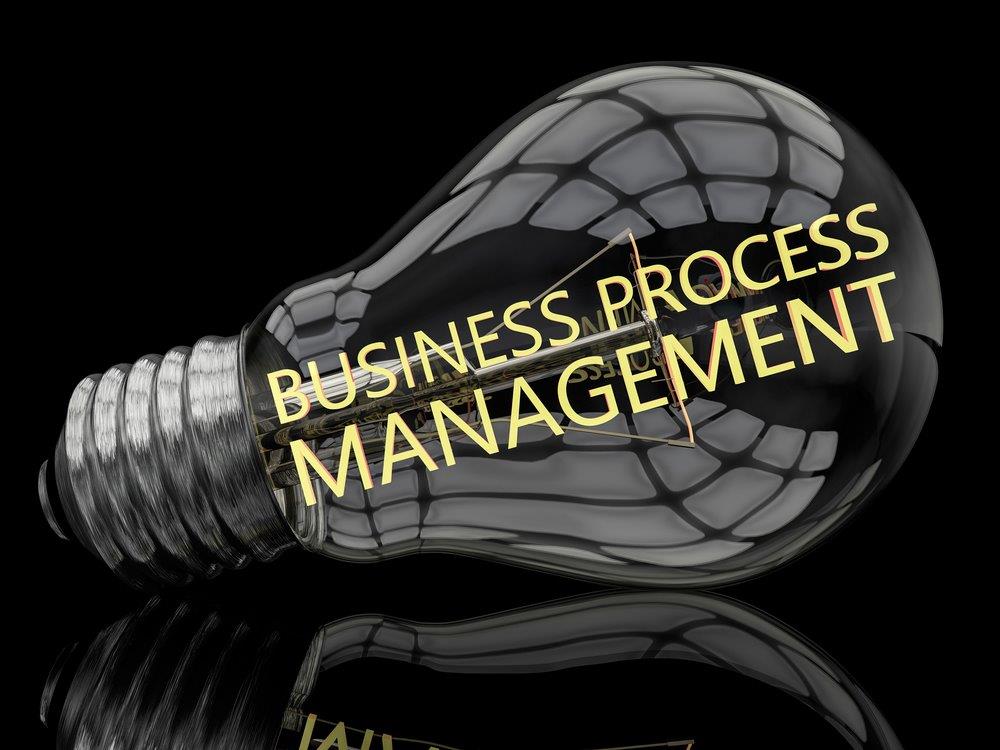Are you good at making decisions?
Good management is about making clear and timely decisions so that the business runs smoothly and profitably with as little disruption and drama as possible. Three common deterrents to clear decision making by company leadership are: doubt, fear and lack of structure.
Making decisions as you work on your business is a thoughtful process. During that process, it’s natural for doubt to creep into your thinking because decisions — by definition — deal with the unknown, the future. Doubts are those nagging feelings of uncertainty, where you may question a belief or hesitate to act. Is this the right decision? Am I being too hasty? Doubts make us uncomfortable and make us feel anxious about moving forward. They can either delay arriving at a decision or acting on it once it’s been made.

Many managers are afraid to make decisions, especially the more difficult, higher‐stakes, or important ones. This, too, is natural. But when the paralysis of analysis in trying to answer the question “what will happen if I’m wrong?” slips into the picture, decisions get put off or, worse, never made at all. The fear of failure or some unintended consequence slams the door on action. A wiser man than I once said: we don’t make bad decisions; we just learn to make newer, better ones. Refining our decision‐making is part of becoming a mature human as well as a sign of a more mature company.
Some managers don’t make well thought out decisions because they have no structure for making them, whether small or large ones. There are lots of good books on decision making, and nearly all of them recommend establishing criteria and following a process. In other words, knowing or learning “how” to come to a decision is most of the struggle.
These three simple steps will help:
- Clearly identify the problem, challenge, or opportunity;
- Identify the possible actions to take (including desired results and potential risks); and
- Design a framework for taking responsibility for the actions (who, when, why). This is not an easy process because many decisions (especially the ones with
enterprise impact) are hard to make. But though the process isn’t easy, it is simple — even for large decisions.
Navigate has created a short worksheet of 12 basic questions that help guide the process when there are complexities involved in making a decision. Please contact us if you would like a free copy of the worksheet or need assistance with pending or troublesome decisions on your horizon. We would love to help where we can.
Watch for Part Two of this idea in our next release. In the meantime, ask yourself, “What decision do I have to make in the next three months?”
Let us know your thoughts at [email protected]
Handpicked Related Content
-
Business Process Management (BPM) represents an evolution in business thinking that provides companies of all sizes with the transparency, insight and agility to take the competitive lead. It’s such an important element of business automation that companies spent $6.96 Billion…
-
No matter how perfect your change management plan is, there are sure to be bumps in the road. Here are some dos and don’ts to help smooth out those inevitable bumps and keep you on track. When working though a…
-
On this episode of ClearTalk, our Director of Product Management, Tofiq Indawala, is joined by Brad Malone, from Navigate Management Consulting, to discuss that three-letter word WIP. What is it? What does it mean? And why is WIP management important?…




